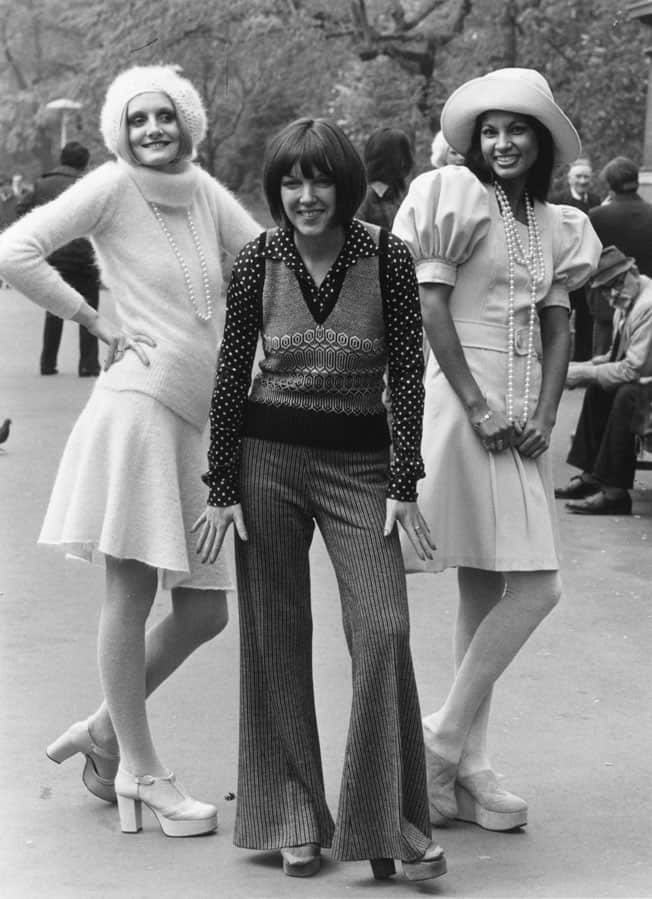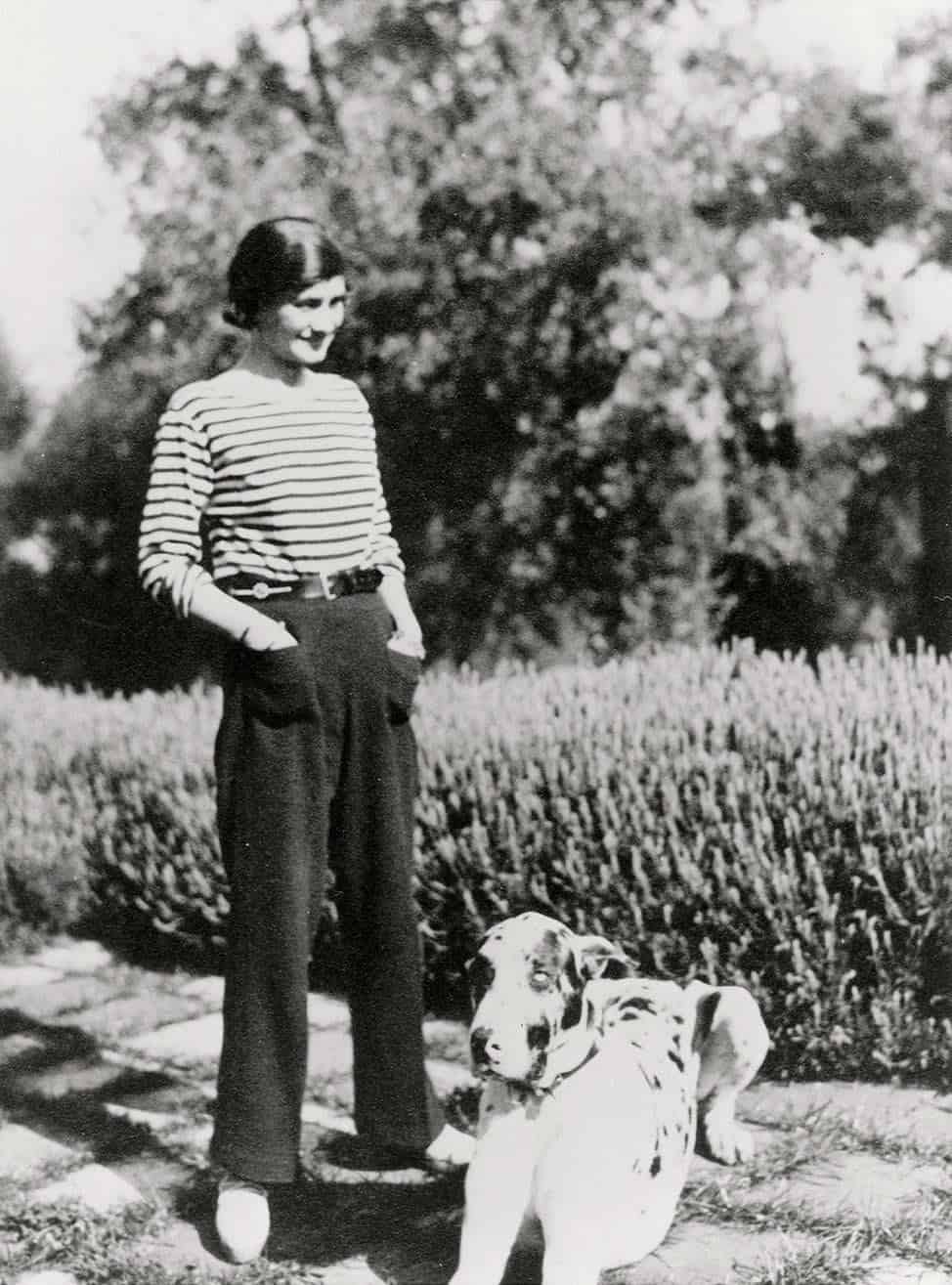International Women’s Rights Day: Fashion for Empowerment
Posted on 08/03/2023
International Women's Rights Day is celebrated around the world yearly on March 8th
The United Nations started the event in 1977, although it was already taking place in different countries and cultures. This day of the year is placed under the sign of the gathering, the sharing and the mobilization in favor of women's rights. March 8th is a day to take stock of the situation of women in society.
Often, the fashion industry is pointed out for its superficial side and its strict dictates, even sexist. The main trends to follow would be brakes to the freedom and emancipation of women. The corset or other restrictive accessories have marked the collective imagination. These clothes hindered the female body. The fashions of the past centuries limited their comfort and their movements.
However, over the centuries, some fashion trends and designers have played a role in the fight for women's rights. Among them, we can mention the liberating breath carried by Coco Chanel in the 1930s who democratized the "garçonne style", that is to say the look of pants and suits. Yet, the first tuxedo for women of the mythical fall-winter collection, unveiled by Yves Saint Laurent in 1966. Clothes that were intended for men are found in the women's wardrobe. The goal was to put everyone on an equal pedistool, to create a unisex wardrobe by appropriating the serious and superior image previously reserved for men. In the 1930s, Coco Chanel shaped the garçonne style with soft, flowing outfits. Style and lifestyle take precedence. She puts the garment at the service of the wearer and not the other way around. The fabrics and shapes are adapted to the needs of active, autonomous and rebellious women. Later, during the 60s, Yves Saint Laurent tries to empower women through their clothes: "Fashion was not only made to beautify women, but also to reassure them, to give them confidence, to allow them to assume themselves. During this same period, a new symbol made its appearance, the miniskirt. Today normalized, it was far from being the case when it was launched by Mary Quant. This British designer decided to shorten her skirts to seduce her customers and to celebrate the image of a woman freed from conservative dress codes. An intergenerational conflict ensued. The young women were in search of freedom and had the will to assume their sexuality. Faced with it, their parents, who saw the miniskirt as the height of vulgarity. This vision was swept away by the success of the piece of fabric. The designers have popularized it. Stars like Catherine Deneuve or Brigitte Bardot have adopted it. Declinable in many ways, the skirt is now part of the landscape of fashion and the wardrobe of women, proud and free.

Mary Quant
In recent years, the representation of masculinity and femininity have ended up mixing. Men and women are taking their revenge on societal dictates through fashion. Unisex collections are multiplying. Dressings make abstraction of the gender identity of the individuals.
In the same way, the questions of diversity made their appearance in the debates of these last years. Today, we tend to adapt the shapes and materials to all bodies. Designers break the codes and make it become visible forms of all body types. Marketing and advertising normalize more and more the vision of what was considered as complexes, imperfections. All bodies are now displayed and paraded on the catwalk.
However, contemporary fashion still has to deal with a society impregnated with rape culture. This sociological concept refers to all the behaviors and attitudes that minimize, normalize and even encourage sexist and sexual violence. Some detractors constantly seek to sexualize and vulgarize women's bodies, or even appropriate them. It is still common to hear, for example, that the skirt is a light girl's garment or that dress is sufficient justification for assault. Society sometimes limits the inclusion of bodies and sexualities in fashion. And while the visible corset has been banished from wardrobes, the weight of a mental corset still weighs on many individuals. The quest for a slim and svelte body plays a role in society and therefore on clothing trends.

Coco Chanel
In parallel with social and feminist movements, fashion designers have liberated dress codes to advance women's rights. Essential pieces like the miniskirt have become strong symbols of female emancipation. Fashion has therefore an essential role to play. It is a tool to fight against the archaic visions of women. Essential pieces like the miniskirt have become strong symbols of female emancipation. Fashion has an essential role to play. It is a tool to fight against archaic and discriminating visions of bodies.
This is what IFA Paris teaches its students. Designing clothes is not trivial. It can transmit a vision of the world: that of a fashion adapted for all, fluid and inclusive. Far from the sexist and strict codes imposed on women's bodies for centuries. Women's Rights Day is, for us, an opportunity to recall the fragile achievements and roles of each in society. It is necessary to continue this fight, for a more just and egalitarian society, and that passes in particular by the fashion.


